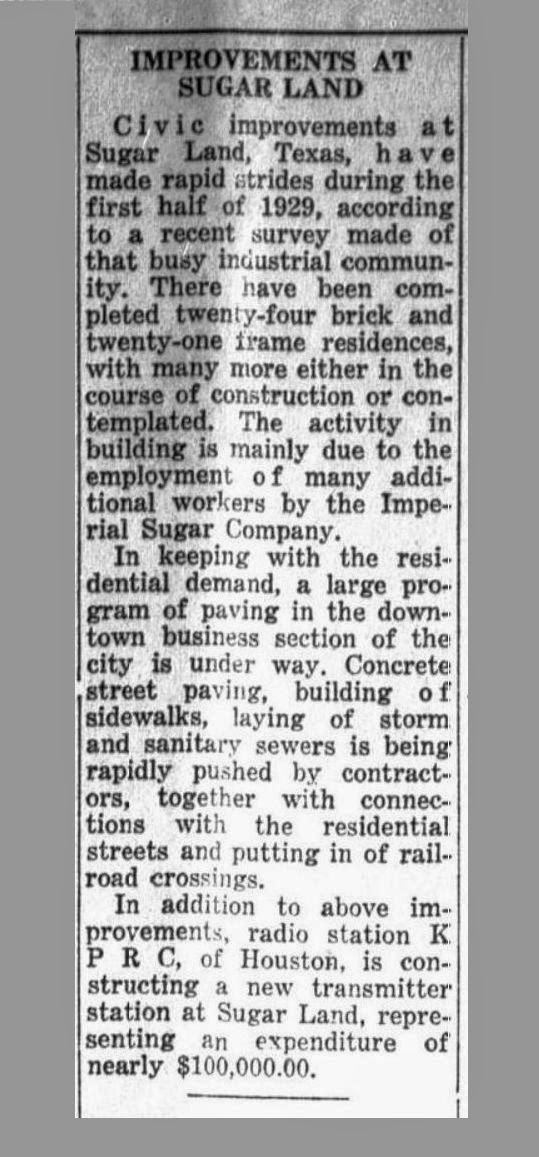I received a message recently from my classmate, Robert Brandon (DHS '68), asking about the Thompson Ferry. He said he was confused about its location. He thought it was down at Thompsons, Texas, but then he read that it was up river between Richmond and Rosenberg. He asked if there were two ferries?
The quick answer is yes. Actually, there have been other ferries at different locations on that stretch of the Brazos since the colonial era, but they had different owners and different names. William Morton had a 'ferry' (a small boat) roughly opposite the Morton Cemetery in Richmond, and Henry Jones had a similar operation further downstream, but above Thompsons.
The Thompson's Ferry where Santa Anna's army crossed the Brazos was on the western side of Richmond. Here's a map annotating it's location.
Jesse's oldest son Hiram moved downstream to what became Thompsons, Texas. I haven't found direct evidence of this, but since there is a Thompson Ferry Road still there, I presume he established a ferry in that location, too. I don't know details, but at some point a vehicular bridge replaced Hiram's ferry. Another presumption on my part is that the bridge was located roughly where Hiram Thompson's ferry crossed the river. Here's an annotated map showing the area today.
As you can see, the Santa Fe Railroad has a bridge over the Brazos just a little downstream of the presumed location of Hiram's ferry & the vehicular bridge.
I know the vehicular bridge fell in the Brazos sometime in the 1930s. I can't find details on this bridge, but an old timer has told me traces were visible into the 1950s.
Robert had a long career at HL&P, and he mentioned another historical site in that general area:
As I mentioned in my previous message, delivering poles
brought me to a lot of interesting and out of the way places. I
remember one time we had a delivery off of County Road 25 down
there in Brazoria County (south of Brazos Bend Park). Some guy
was building a deer camp and wanted service to the area. I drove
down CR 25, took a left on CR 255 and where it makes a bend I had
to go though a gate where started dropping off poles. Lunch time
came and Eddie (Eddie Martin) and I pulled into this grove of big
old oaks to eat, and off in the weeds was this big monument that
the State had erected. It marked the old Orozimbo plantation
where Santa Ana was kept prisoner before being sent back to
Mexico. It was weird. Oh well, I digress. Thanks for the
information.


















































